Blizzard blanketing East Coast likely to become bomb cyclone
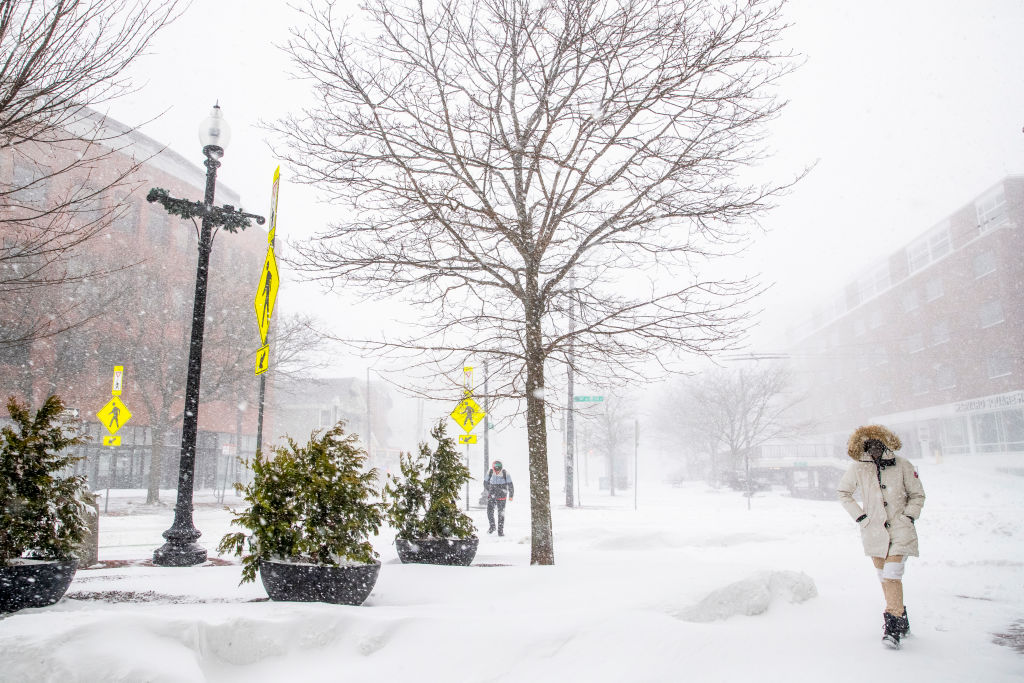
The first major blizzard to hit the region in four years struck the northeastern United States Friday night. By Saturday afternoon, up to two feet of snow had blanketed Boston in what AccuWeather predicted could turn out to be the biggest snowstorm ever to hit the city; over 80,000 Massachusetts homes were without power; and airlines had canceled more than 5,000 U.S. flights, BBC reported.
Amtrak service along the Boston-to-Washington corridor was suspended or limited, and five states declared emergencies. Wind gusts of up to 75mph lashed parts of the coast.
The National Weather Service in Boston said travel "should be restricted to emergencies only" and that anyone who must travel should prepare for the possibility of becoming stranded, a warning that was echoed up and down the East Coast, The Associated Press reported.
The Week
Escape your echo chamber. Get the facts behind the news, plus analysis from multiple perspectives.

Sign up for The Week's Free Newsletters
From our morning news briefing to a weekly Good News Newsletter, get the best of The Week delivered directly to your inbox.
From our morning news briefing to a weekly Good News Newsletter, get the best of The Week delivered directly to your inbox.
According to Business Insider, "Forecasters said [the storm is] developing bombogenesis conditions ... eventually leading to the formation of a bomb cyclone."
The New York Times explains that "the barometric pressure must drop by at least 24 millibars in 24 hours for a storm to be called a bomb cyclone." The drop in barometric pressure combined with the Earth's rotation create a cyclone that produces a nor'easter — a storm with winds coming from the northeast.
The storm is expected to subside by Sunday morning.
A free daily email with the biggest news stories of the day – and the best features from TheWeek.com
-
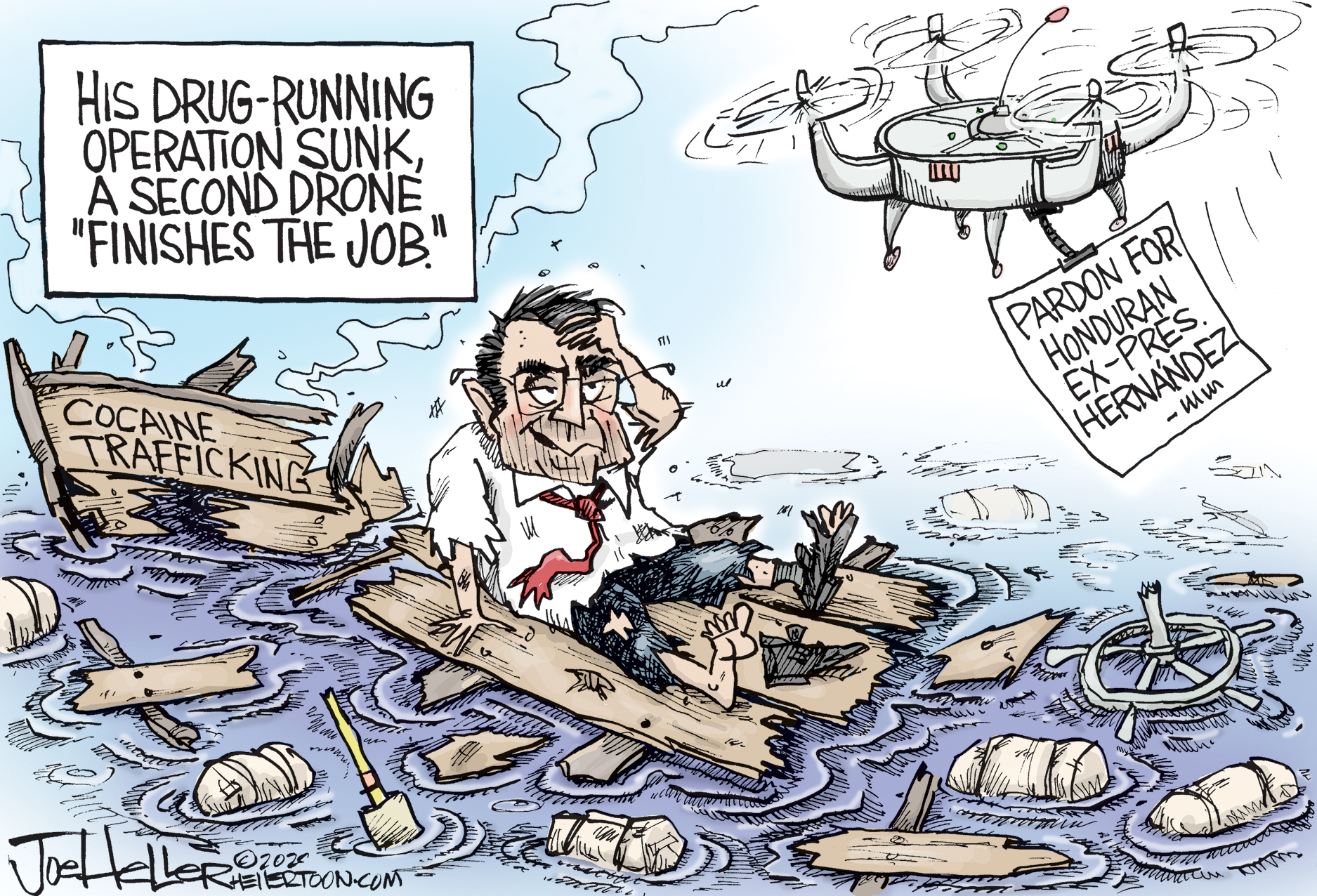 Political cartoons for December 6
Political cartoons for December 6Cartoons Saturday’s political cartoons include a pardon for Hernandez, word of the year, and more
-
 Pakistan: Trump’s ‘favourite field marshal’ takes charge
Pakistan: Trump’s ‘favourite field marshal’ takes chargeIn the Spotlight Asim Munir’s control over all three branches of Pakistan’s military gives him ‘sweeping powers’ – and almost unlimited freedom to use them
-
 Codeword: December 6, 2025
Codeword: December 6, 2025The daily codeword puzzle from The Week
-
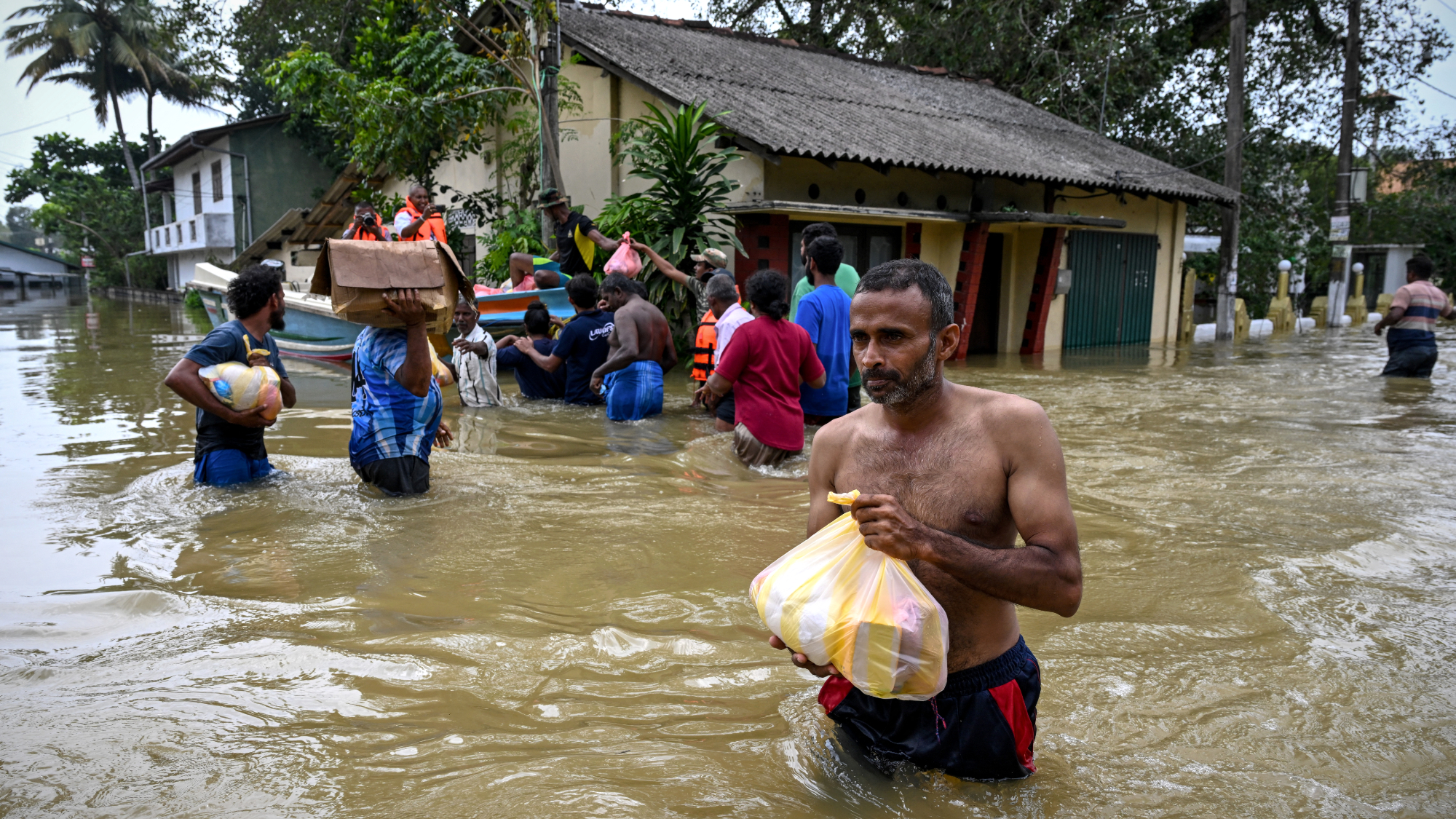 Death toll from Southeast Asia storms tops 1,000
Death toll from Southeast Asia storms tops 1,000speed read Catastrophic floods and landslides have struck Sri Lanka, Indonesia, Thailand and Malaysia
-
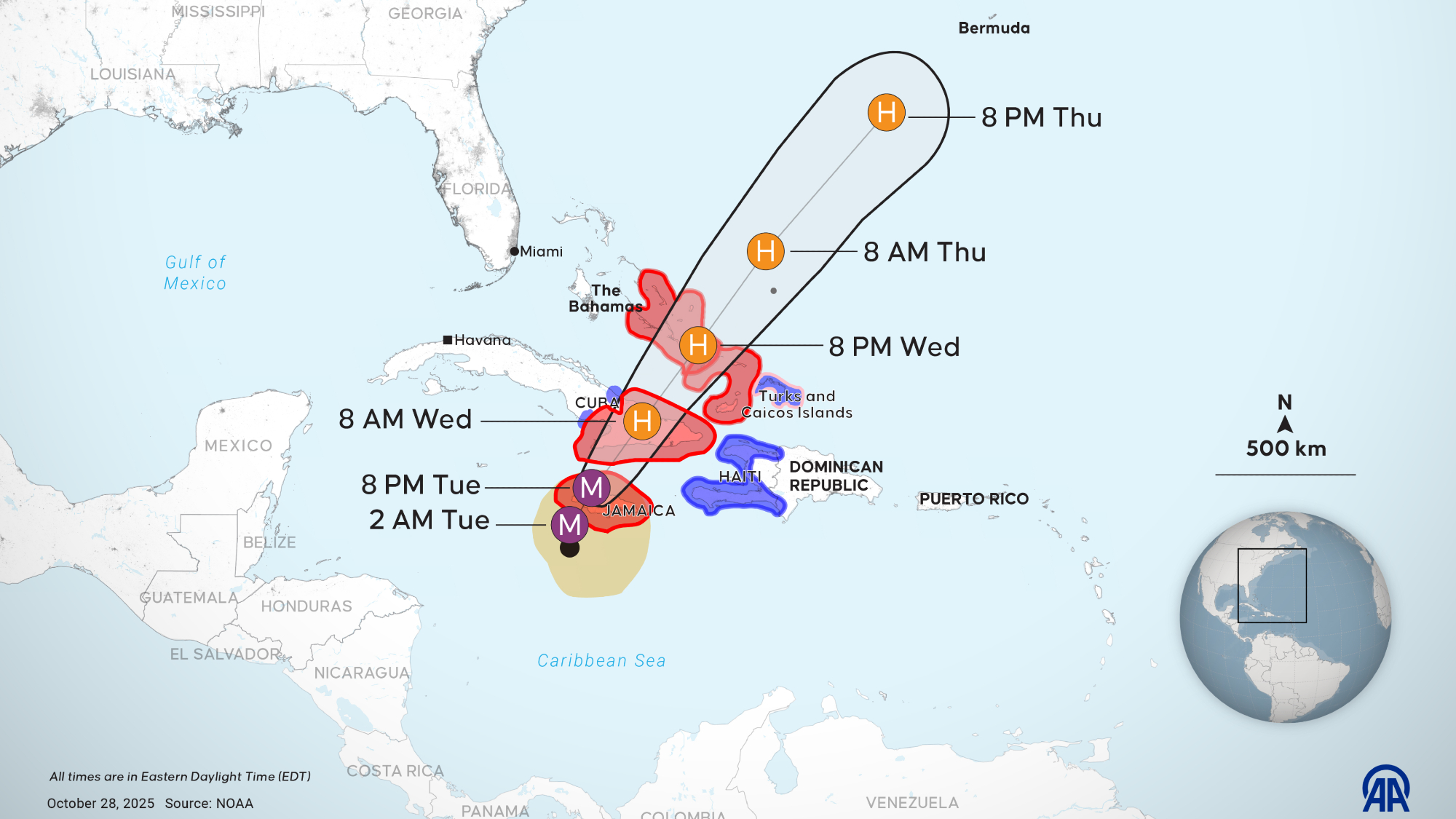 Hurricane Melissa slams Jamaica as Category 5 storm
Hurricane Melissa slams Jamaica as Category 5 stormSpeed Read The year’s most powerful storm is also expected to be the strongest ever recorded in Jamaica
-
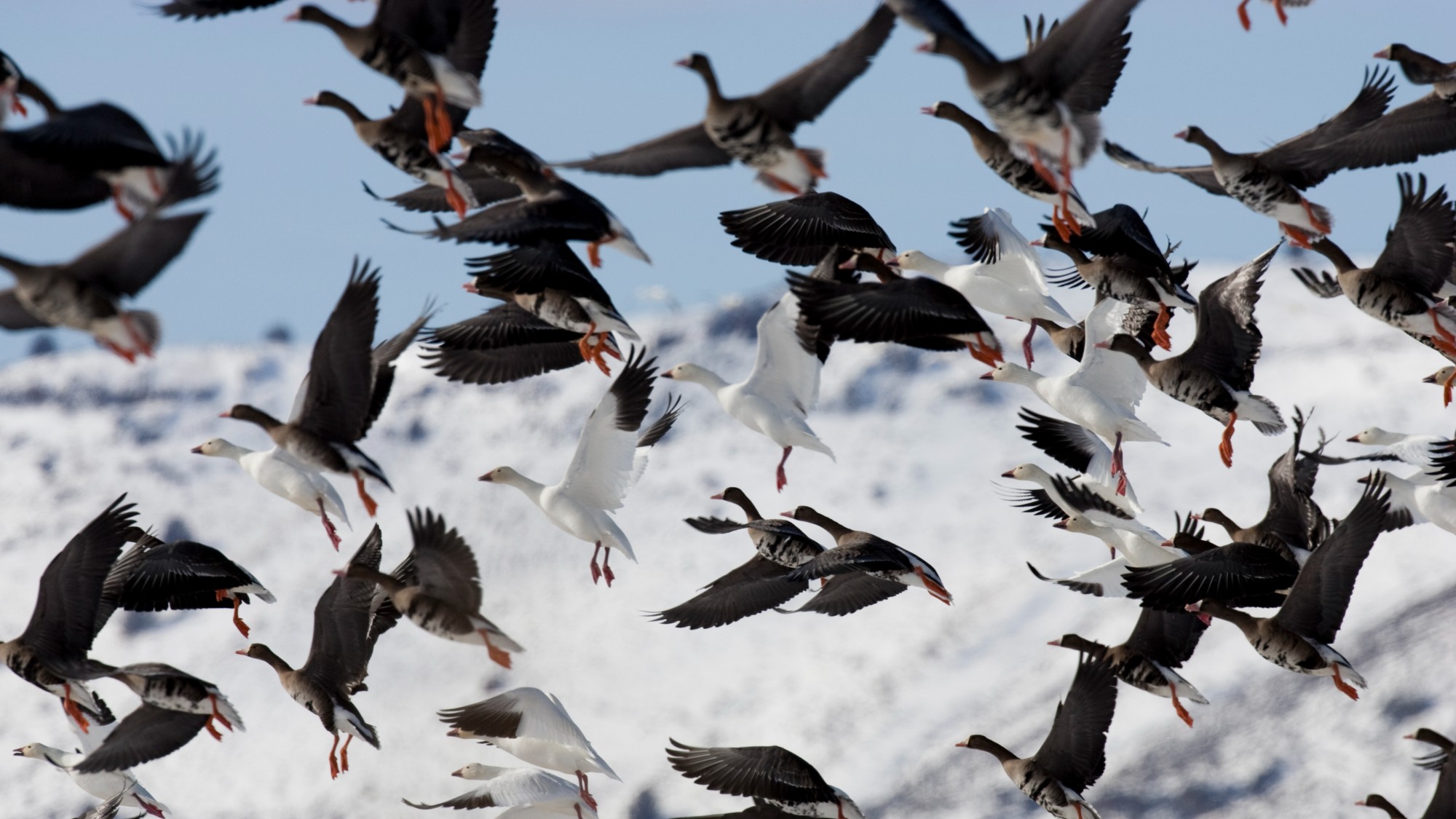 Icarus programme – the ‘internet of animals’
Icarus programme – the ‘internet of animals’The Explainer Researchers aim to monitor 100,000 animals worldwide with GPS trackers, using data to understand climate change and help predict disasters and pandemics
-
 Renewables top coal as Trump seeks reversal
Renewables top coal as Trump seeks reversalSpeed Read For the first time, renewable energy sources generated more power than coal, said a new report
-
 China vows first emissions cut, sidelining US
China vows first emissions cut, sidelining USSpeed Read The US, the world’s No. 2 emitter, did not attend the New York summit
-
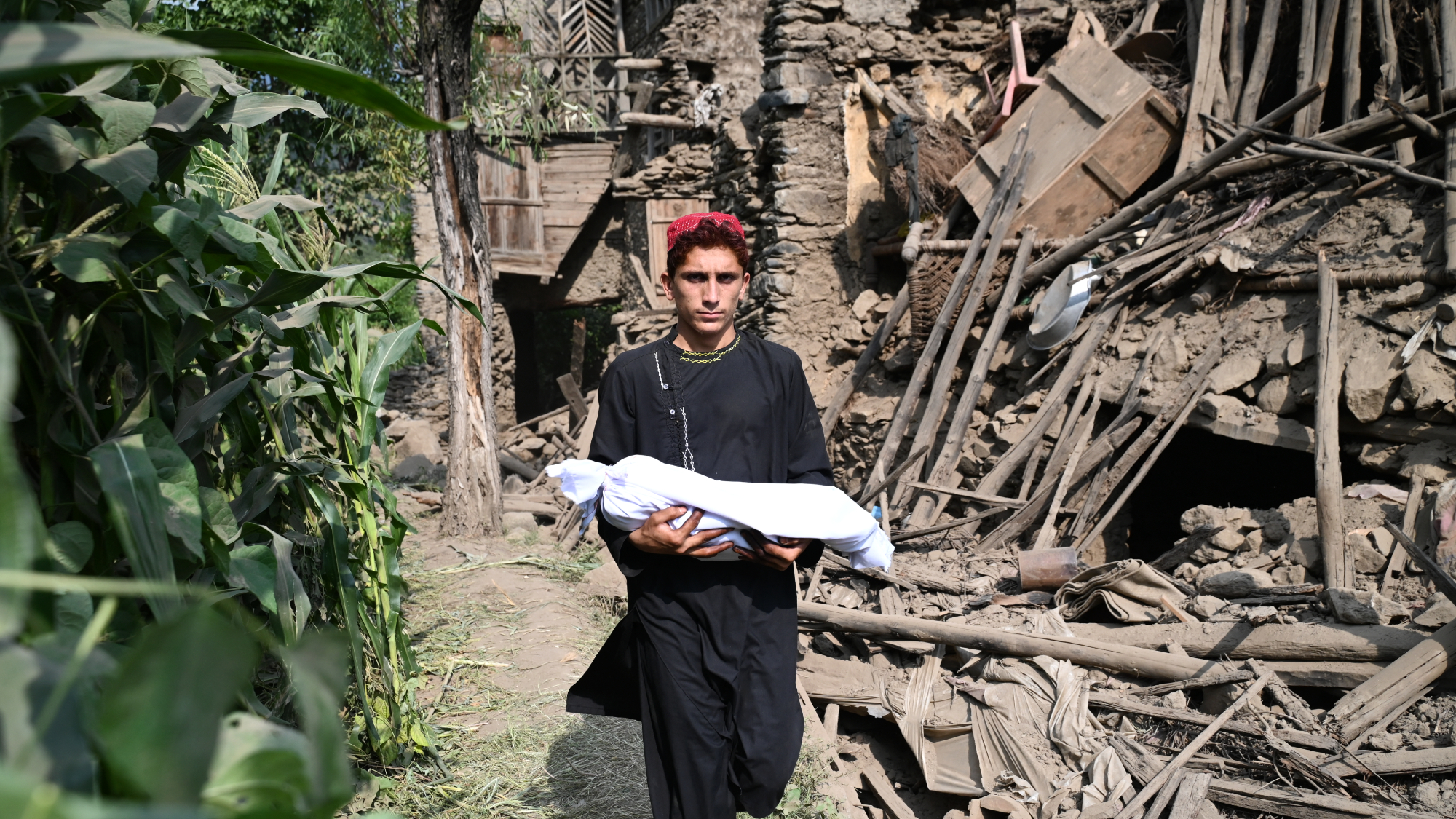 At least 800 dead in Afghanistan earthquake
At least 800 dead in Afghanistan earthquakespeed read A magnitude 6.0 earthquake hit a mountainous region of eastern Afghanistan
-
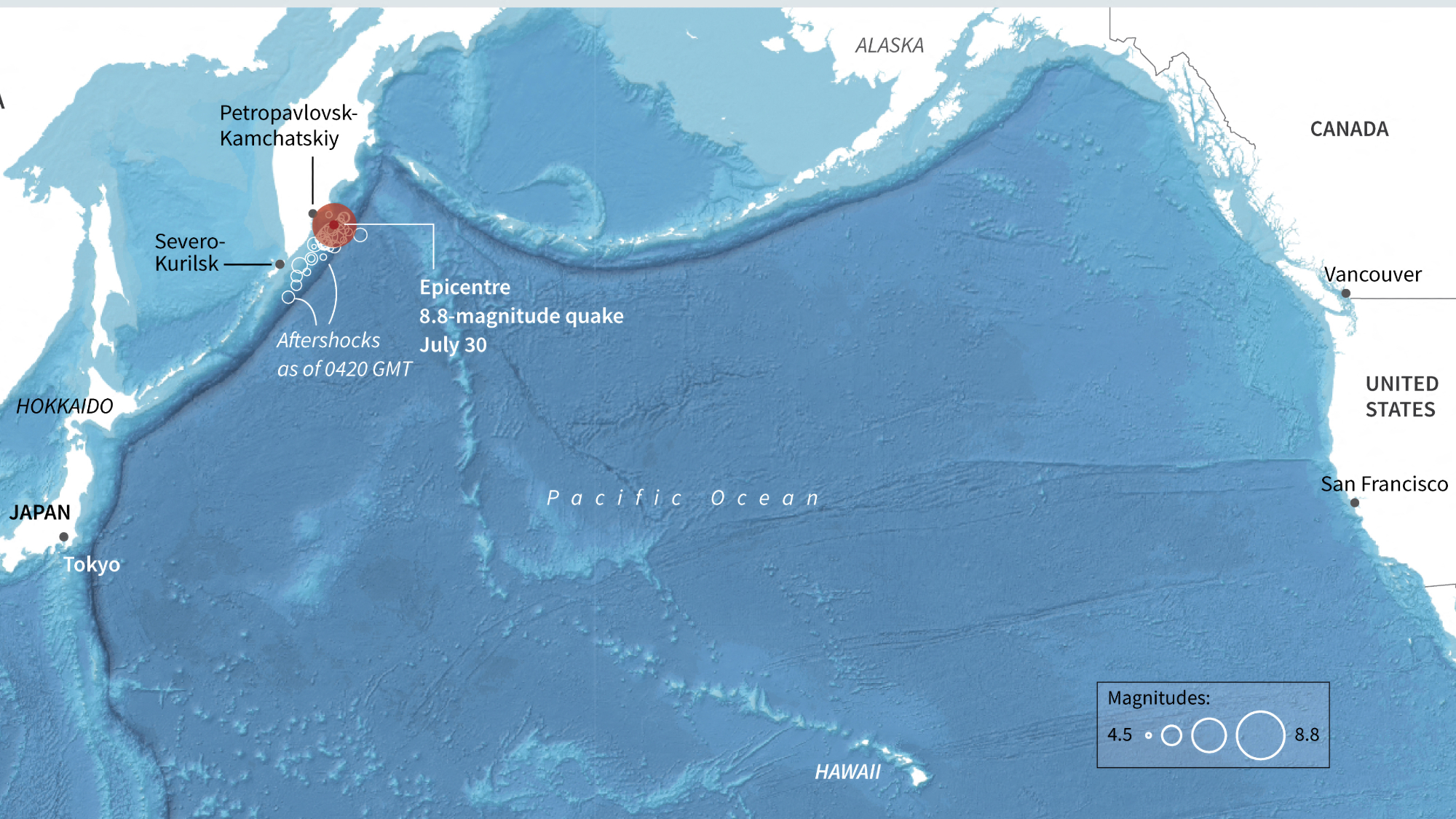 Massive earthquake sends tsunami across Pacific
Massive earthquake sends tsunami across PacificSpeed Read Hundreds of thousands of people in Japan and Hawaii were told to evacuate to higher ground
-
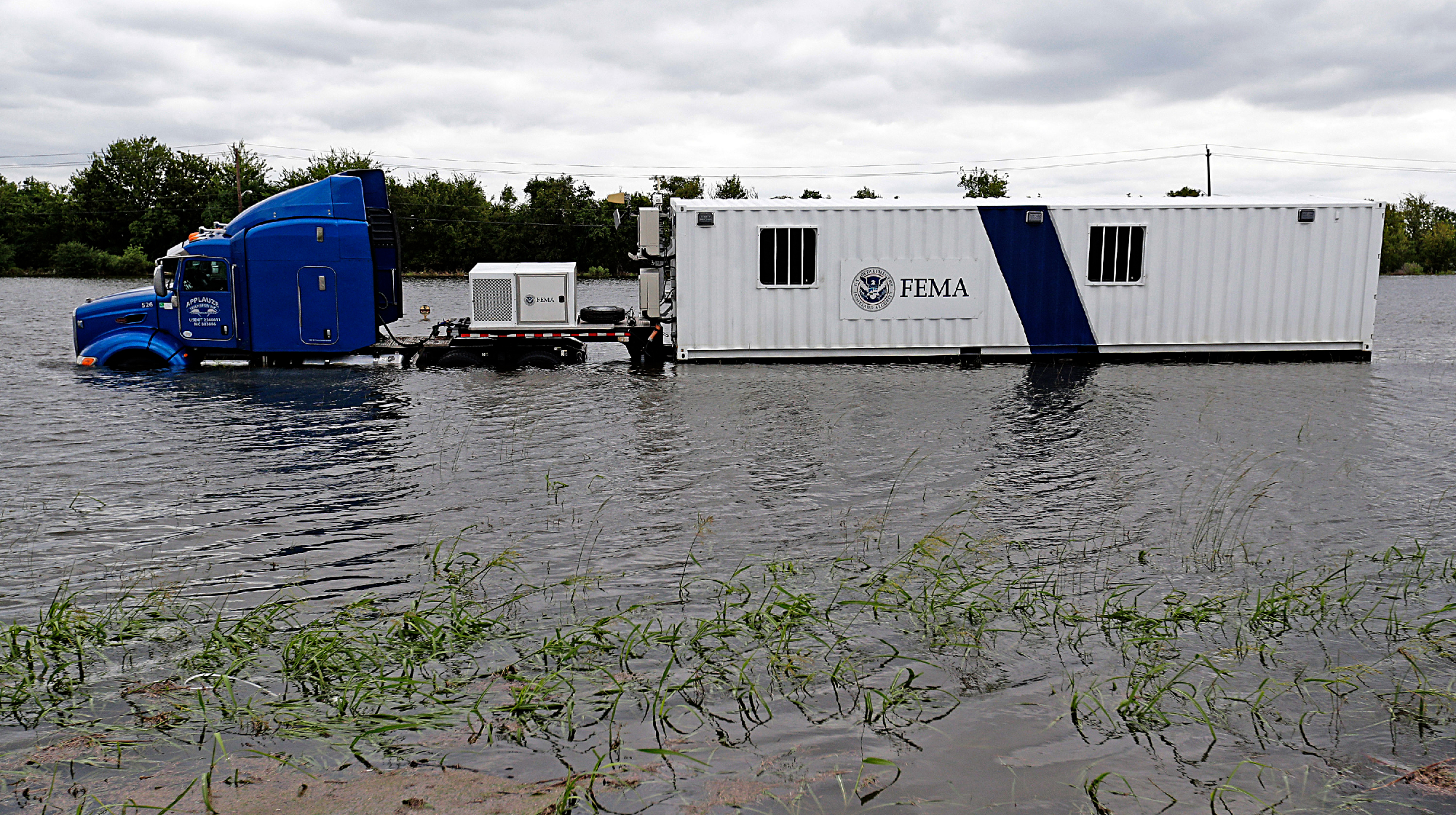 FEMA Urban Search and Rescue chief resigns
FEMA Urban Search and Rescue chief resignsSpeed Read Ken Pagurek has left the organization, citing 'chaos'